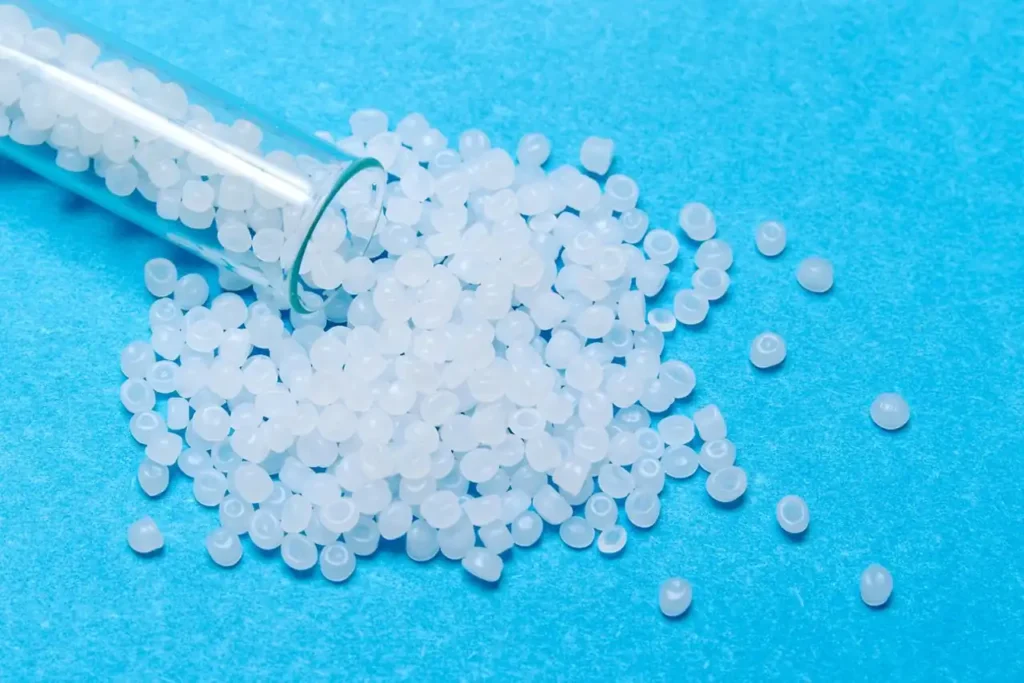Polyethylene (PE) materials are widely used in high-voltage power transmission lines and industrial production. PE’s excellent insulation properties, environmental friendliness, and cost-effectiveness make it a preferred cable insulation material. However, under a DC electric field, space charges tend to accumulate in traps within the PE material, leading to localized increases in space charge, which causes the PE material to age and even break down. In recent years, the addition of nano-magnesium oxide (nano-MgO) particles has been shown to effectively impede the injection of space charges, making the addition of nano-MgO a primary focus of current research.

Studies conducted on bulk structural systems and two-probe structural systems have discussed the effects of nano-MgO doping on the electronic structure and conductivity of polyethylene. Currently, polymeric materials, such as polyethylene (PE) and cross-linked polyethylene (XLPE), are common insulation materials for high-voltage power cables. Improving the performance of composite materials can be achieved by incorporating inorganic materials such as montmorillonite or nano-oxide particles. When a certain proportion of additives is introduced into the composite material, the mechanical and electrical properties are correspondingly improved.
In 2006, research was conducted on the dielectric properties of LDPE/MgO nanocomposites. In 2008, the space charge behavior of LDPE/MgO nanocomposites containing nano-MgO particles with different particle sizes was investigated under AC high voltage, with a particular focus on high-temperature and high-electric-field conditions. The results showed that between 30°C and 60°C, increasing the number of nano-MgO particles reduced the rate of electric field increase. Furthermore, research has been conducted on the particle size of nano-MgO to reduce electric field distortion and the injection of delocalized charges. Nano-sized MgO particles were found to be significantly superior to micron-sized MgO particles, with the effect being more pronounced when a small amount of nano-MgO particles was used in the matrix.
The use of EVA (Ethylene Vinyl Acetate) to assist in the modification of polyethylene with nano-MgO significantly reduces space charge accumulation. Besides solving the accumulation problem, this modification also improves the mechanical properties. The best results are achieved with a nano-MgO loading of 2 wt%. At this concentration, the nano-MgO/LDPE composite effectively reduces the accumulation of space charges, with a significantly lower effect than pure insulating polyethylene. Experimental results show that the cathode charge density in the composite material is reduced to 2.5 C/m³, and the anode charge density is reduced to 3.5 C/m³. In DC breakdown experiments, it was found that the breakdown field strength of nano-MgO-doped LDPE was greater than that of undoped LDPE, with an increase of up to 18.2%. Similar conclusions were drawn in AC voltage breakdown experiments. Moreover, the breakdown field strength varies with temperature, decreasing as the temperature increases.
